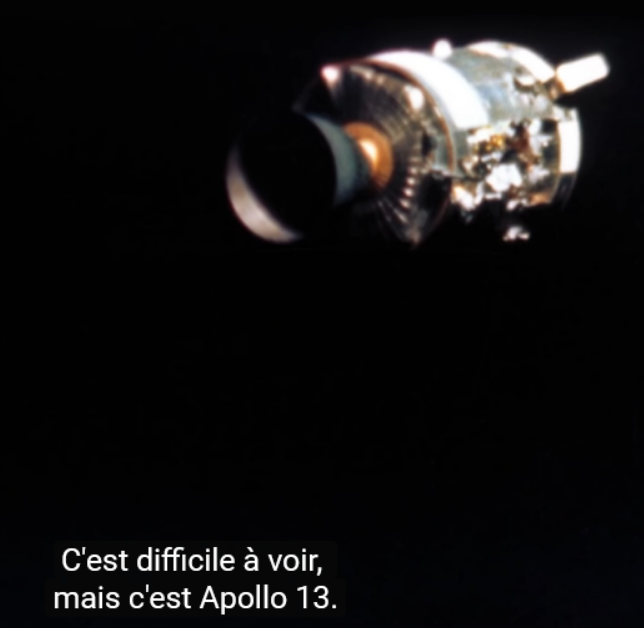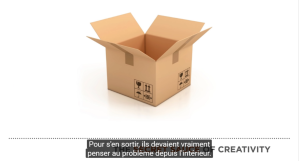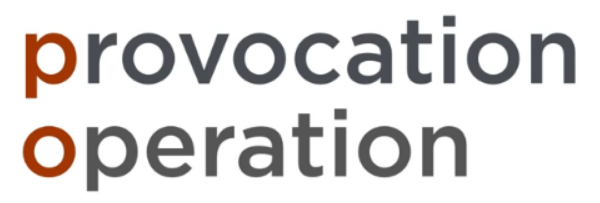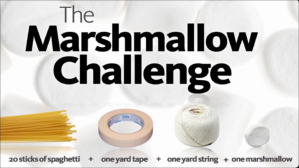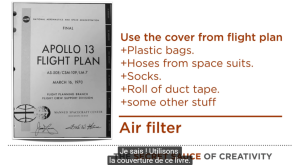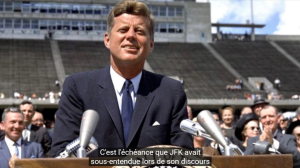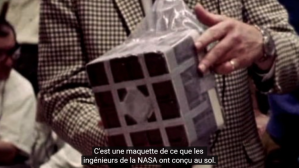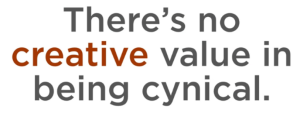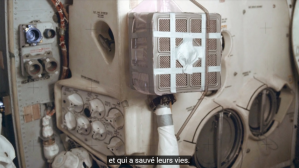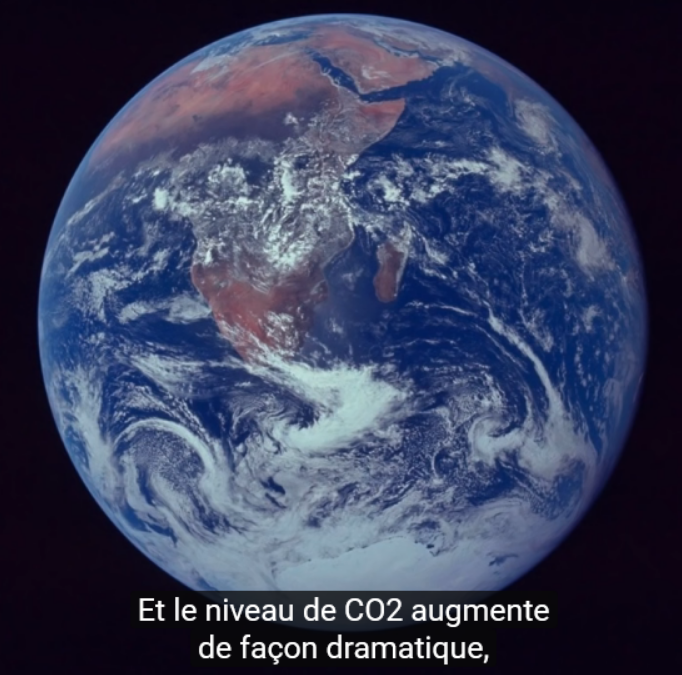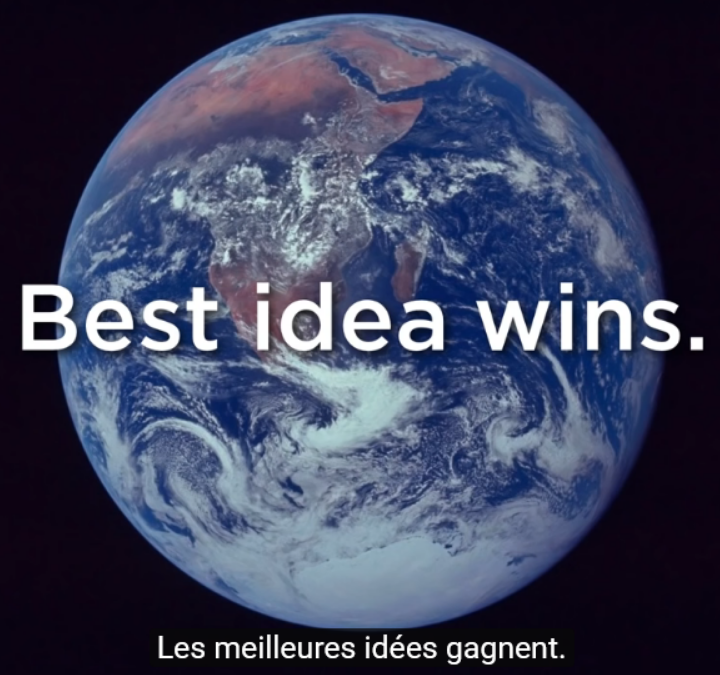This is the transcript of a talk by Stephen Hall about ‘how to come up with good ideas and the secret to creativity’. For the French speakers, please note the video contains French subtitles.
Furthermore, I have also added bits and pieces from another Tedx talk by Mark Rober, a YouTuber and former NASA Engineer turned Inventor/Entrepreneur. He received his Bachelor’s degree in Mechanical Engineering from BYU and Masters from USC. Additionally, he worked at NASA’s Jet Propulsion Laboratory for 9 years, 7 of which were spent working on the Curiosity Rover which is now on Mars.
About STEPHEN HALL
Stephen Hall has spent his entire life being creative. It’s not just personality that makes him creative, it’s deliberate practice, process and often a straight-up discipline. Come inside the mind of a Creative Director and find how you can be more creative in your life and where the world needs your ideas.
Stephen spent 13 years in the Science Centre community designing exhibits and programs for the Ontario and the Saskatchewan Science Centre; 18 years as a television director creating TV shows for CBC, HGTV and the W Network; and six years as a creative director at Brown Communications Group in Regina. His current clients include SaskPower and Saskatchewan Health. Stephen’s professional passions are evenly divided between design and storytelling. He is fascinated by the creative process and is a compulsive storyteller.
TALKS TRANSCRIPTS
1. Define the constraints
Before you start engaging in solving the problem, you need to define the parameters of that problem. What have you got to solve it? What is available? Which resources? What time?
That’s difficult to see but that’s Apolo 13.
45 years ago, they faced a problem that was caused by an unexpected explosion on the way to the moon. It created a lot of problems. The biggest one was that the CO2 level inside the capsule began to increase. It made the air they were breathing more and more poisonous.
Consequently, they needed it to figure that problem out. In order to figure it out, they had to think inside the box.
Indeed, they had to define what was inside that capsule available to solve the problem. There was no help thinking about what was outside the capsule or box. The first thing to do is to define the constraints. I would say trying to solve the problem without constraints is a bit like playing squash with no walls. It just doesn’t work.
2. Provoke ideas and be curious
However, ideas don’t just happen. They need to be provoked, made happen.
a) Be curious
The first step to being more creative is to be curious and act upon your curiosity. If you think about most creative groups of people on earth, I think it’s probably children. That’s amazing with children because they are always questioning, looking, observing and making connections about the world around them.
b) Newton’ s first law of motion
Now, I’m going to talk about science with Newton’s first law.
What does it mean?
It means that this chair that’s been sitting here since the start of my talk, will stay there until acted upon by an external balanced force. Simple enough. Forces at play now. There’s a core force of gravity down, of the floor going up and it’s a bounce force. It’s body unrest. It’s its habitual stay of this chair and an unbalanced force comes along to use it.
So, I’m going to mash up Newton and Georges Lois here and come up with what I’m calling ‘the first law of creativity’.
Likewise, I’d like to talk about:
An unbalanced force is an original idea.
Edward de Bono is the father of parallel thinking, a kind of creative guru.
He put a weird name on those unbalanced forces, He called them: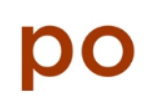
He talks about ‘Po’ as extraction from words like:
These words give you a clue as to the nature of the word ‘Po’. It’s also an acronym.
That’s what I want because there’s an activity required. Creativity requires some actions in order to happen.
That’s the power of ‘Po’.
But, how does it work? Well, let’s do a quick brainstorming session. We’ve all been in a meeting room with a whiteboard.
So, on the board, you may have heard there are a lot of places in Regina. There are lots of restaurants. What about authentic Mexican? Russian? Or Nepalese? Oh, wait a minute, what about a family-friendly fondue place?
What about higher-end burger place? What about low-end sushi place? Hmm, that doesn’t sound too good! A shout from the back of the room: how about a restaurant that doesn’t serve food? Boom. That’s a Po. A crazy idea that on the surface makes no sense whatsoever. Ok, so what do we do now?
3. Give absurd ideas respect
Well, you must give absurd ideas respect. You don’t toss about ideas. In order for that Po to be powerful, you need to let it breathe, let it live. A restaurant that doesn’t serve food, that doesn’t make sense. It’s easy to dismiss but it’s not, let it live.
a) The marshmallow challenge from Tom Wujec
What Tom Wujec does is he gives people a challenge with the above 4 items to use. He says ‘in 18 minutes I want you to build the tallest tower you can with the marshmallows on top.’ The fascinating thing about this is after he has done it a bunch of times, there’s one group that consistently beats CEOs, lawyers and businessmen. That group is kindergarteners.
Why? Adults look at the situation starting with the first few minutes as a power struggle, who’s going to be the leader. Once they figured out, they start building something. However, they don’t put any marshmallows until the last minutes at the very end. Marshmallows are acceptably heavy, and the whole structure crumbled.
Whereas kindergarteners, by contrast, they just start building right away without power struggles. Instead of putting marshmallows once, they put them 4 to 5 times. Since they were testing the structure early enough; they were able to get to a solution that actually works.
b) Apollo 13
Another example, in Apollo 13, they didn’t need another Po because the crisis was the Po. The crisis was what set out the circumstances that provoked them to have to be creative.
Moreover, no one would have thought of doing this in any other circumstances. The crisis, the Po, created that situation, which allowed us to consider those things in a new way, to see a creative potential and bring it together to solve a problem. They were up against time, they had deadlines that involved actual death.
My favourite deadline is:
Nonetheless, he didn’t manufacture a fake crisis but a real one. He put US reputation on the line and did so with optimism. That brings us to the 4th lesson.
4. Be optimistically positive
a) Be positive
Unquestionably, you need to look at how our problem might work, not how it might not work. You have to be hopeful and optimistic. That crazy idea you are going to give consideration that’s going to provoke new ideas, new thoughts can actually work.
b) Brainstorming
So, let’s get back to our creativity exercise, the new restaurant brainstorming.
Where will the food come from? Do they bring their own food? Maybe we serve drinks. We differentiate ourselves by offering a good selection of drinks. Maybe we could have a sharing table? Could we provide entertainment? What about providing the stage, a space to get together, to share?
Besides, we wouldn’t have thought of that if we didn’t let that crazy idea exist and actually treat it with some optimism and hope. Some of the things we have discovered through that process can be useful when it comes to restaurants serving food. In terms of a brainstorming exercise and being able to open ourselves to all kinds of possibilities, it’s really useful.
Below is a mark-up of what NASA engineers built on the ground. They built it quickly, in order to test it. Of course, they ran off at the beginning when the crisis occurred. What do these guys have up there? They were believing it will work. They were optimistic.
Remember, there is no creative value in looking for the reasons why it won’t work. It’s far more productive, powerful when you think it will work. I can tell you as a creative person, I always think my creative ideas are going to work. I really do. All the time. It’s good to tap into that force.
5. Celebrate great ideas regardless of who had them
Even, a lot of work I do now is a collaborative work. One of the things I think about in collaborative work is really there’s not much point in working with people who are just like me. People think, act the same ways. It’s really great to have a mixed bag of different kinds of people bringing different perspectives and more creativity in the room.
Inarguably, here’s a greater potential for the crazy ideas to come out. Now, we are going to unpack that idea and make it work. In this process, we must treat other people’s ideas with respect.
Below is a picture of the air filter the Apollo 13 crew built and that saved their lives. I didn’t think anyone cared whose idea it was to use these elements. The idea mattered, though.
6. Work hard
For every design you see from Apple, for example, behind the scenes, there are like 40 devices’ prototypes that you have never seen. Thomas Edison came up with 10.000 light bolts before Tesla came up with one that worked. James Dyson had 5127 failed prototypes before he had a vacuum cleaner that actually sucked the dust.
Therefore, the point is, whatever you do, do it. If you like a scope, use a scope. Otherwise, if you paint, paint a ton and if you like photography, don’t say ‘ah, I’m not a creative photographer’. Just go out and take a ton of pictures. Fail and learn for basically what you are doing. By doing this, you discover that you get better.
Conclusion
Thus, part of the creative process is just putting in the time. This is a secret sauce to creativity, collaborative creativity.
We’ve got problems in the world that need our attention.
Finally, I think we should have a global brainstorming session. It involves a spacecraft that has humans on it. The CO2 level is rising. The level of CO2 is rising dramatically; we are running out of time. We need to solve the problem. Everything we need to solve the problem is right there. We just have to overcome our force of habit. We need to be creative and have new ideas.

